Tromso, Norway —(Map)
Scientists from 19 countries are part of a huge science experiment that will freeze a research ship into the Arctic ice for a year to study the effects of global heating on the polar ice.
The German ship RV Polarstern (“Polar Star” in English) is normally an ice breaker – a ship designed to break up ice. But last Friday, the ship set sail from Tromso, Norway and headed north to let the Arctic ice push it around for a change.
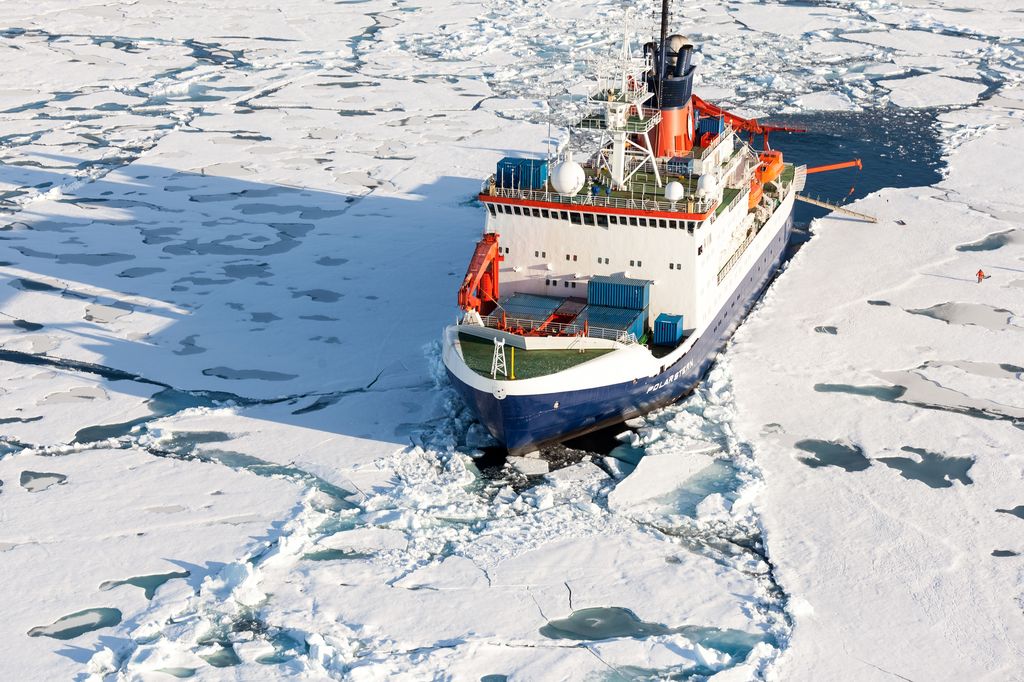
(Source: Mario Hoppman, Alfred-Wegener-Institute.)
It’s part of a $155 million project known as MOSAiC*, led by Germany’s Alfred Wegener Institute (AWI). The goal of MOSAiC is to learn more about the ice that forms near the North Pole and how it is affected by climate change.
Every winter, a layer of ice grows outward from the North Pole. The ice cap isn’t completely solid; it’s a collection of floes – floating sheets of ice. The floes are slowly pushed around the Arctic circle. As summer approaches, some of the ice melts and many floes break free.
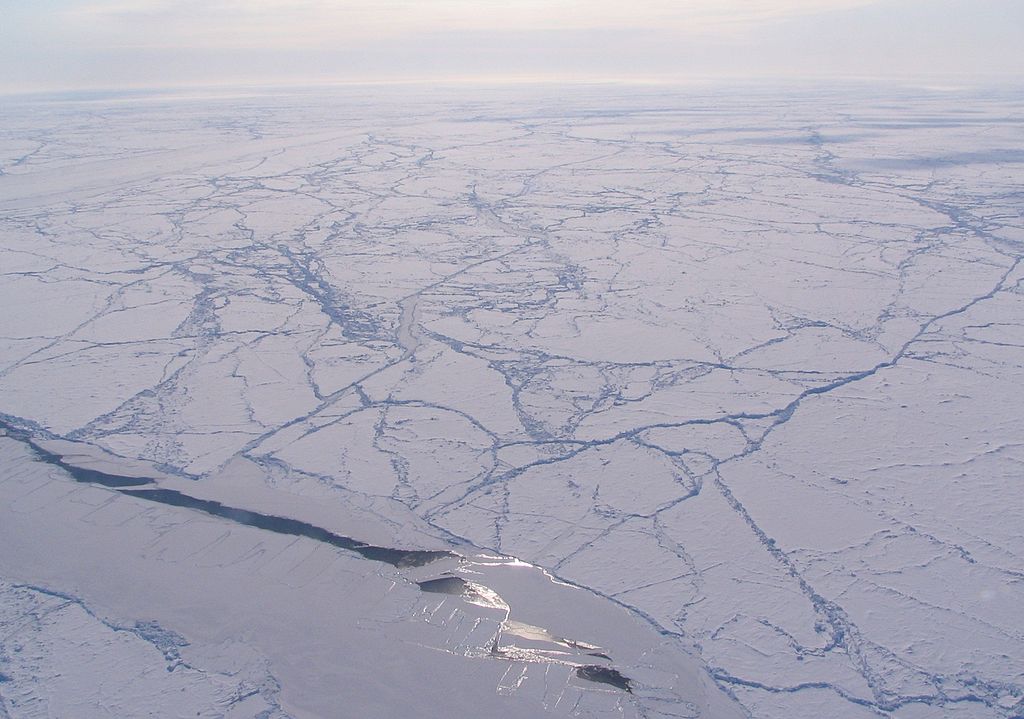
(Source: NASA/Sinead Farrell [Public domain], via Wikimedia Commons.)
As the world gets hotter because of manmade climate change, the Arctic is warming about twice as quickly as anywhere else. This is making the ice cap smaller and thinner. These changes affect many other patterns in the rest of the world, which is why scientists want to study them.
By spending a year frozen into the ice cap, scientists will have a special opportunity to study the ice up close – something they can usually only do in the summer.
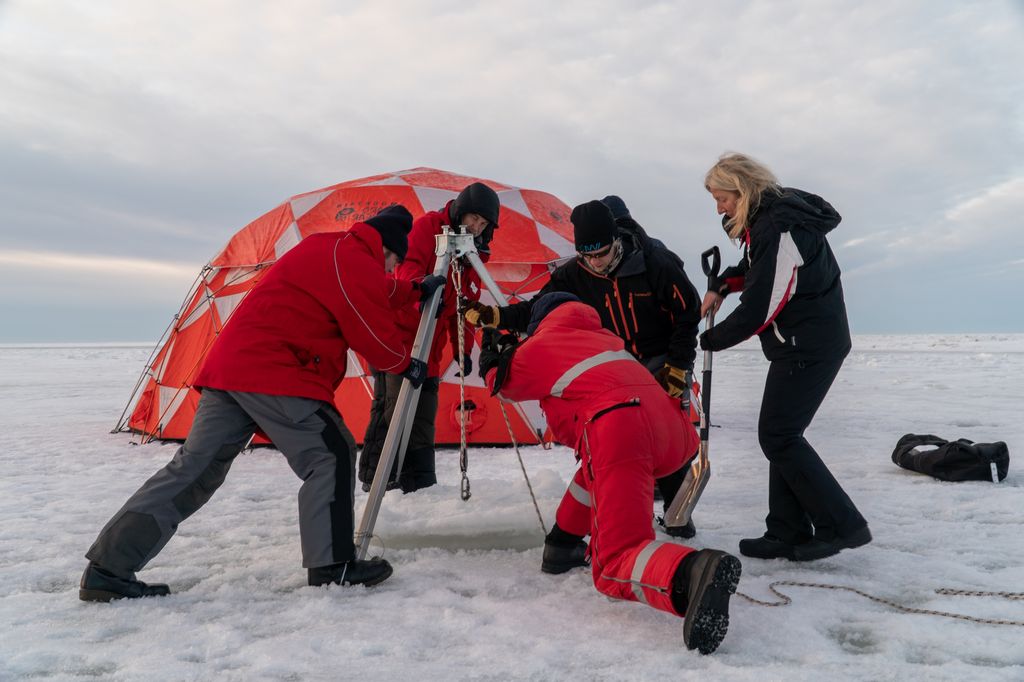
(Source: Roland Kerstein, Alfred-Wegener-Institute.)
Hundreds of scientists are involved in the project, but the ship will only have about 60 scientists and 40 crew members (to run the boat) at a time.
The scientists hope to get the boat stuck next to a large, flat floe where a plane can land. That will provide a way to replace scientists and crew members. Most scientists will spend about two months at a time on the Polarstern. The crew will be changed about halfway through the trip.
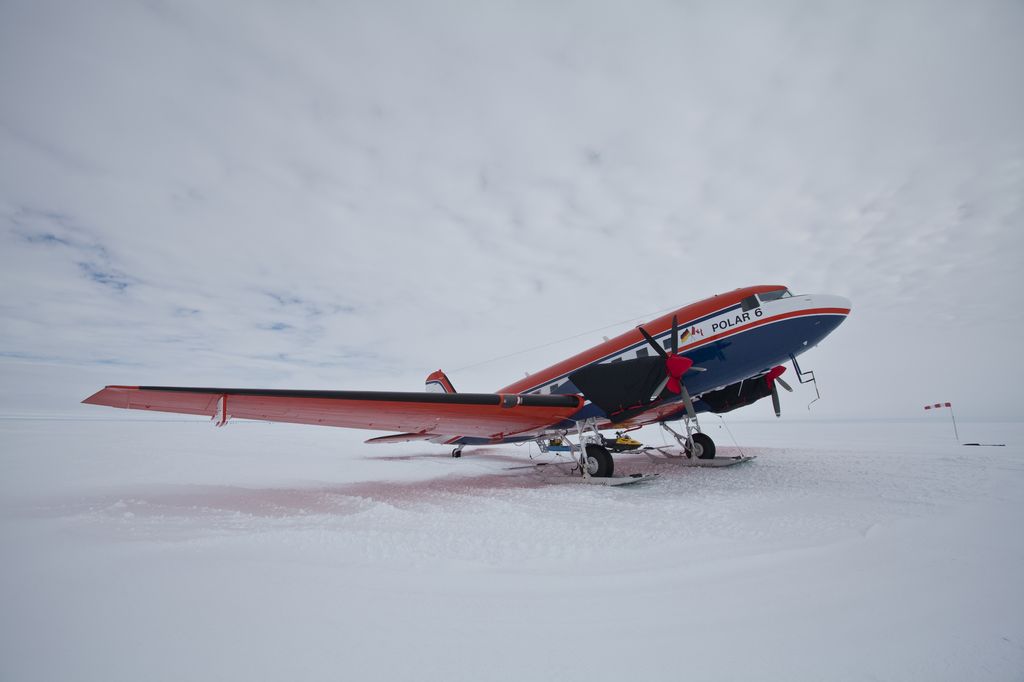
(Source: Thomas Steuer, Alfred-Wegener-Institute.)
The scientists will do experiments on the sea ice, on the air above, and the ocean below. The studies will also look at the way these different levels interact.
The job will be challenging. The trip will be cold and help will be far away, so the ship must be able to handle almost any emergency on its own. If anything breaks, the scientists and crew will need to fix it themselves.
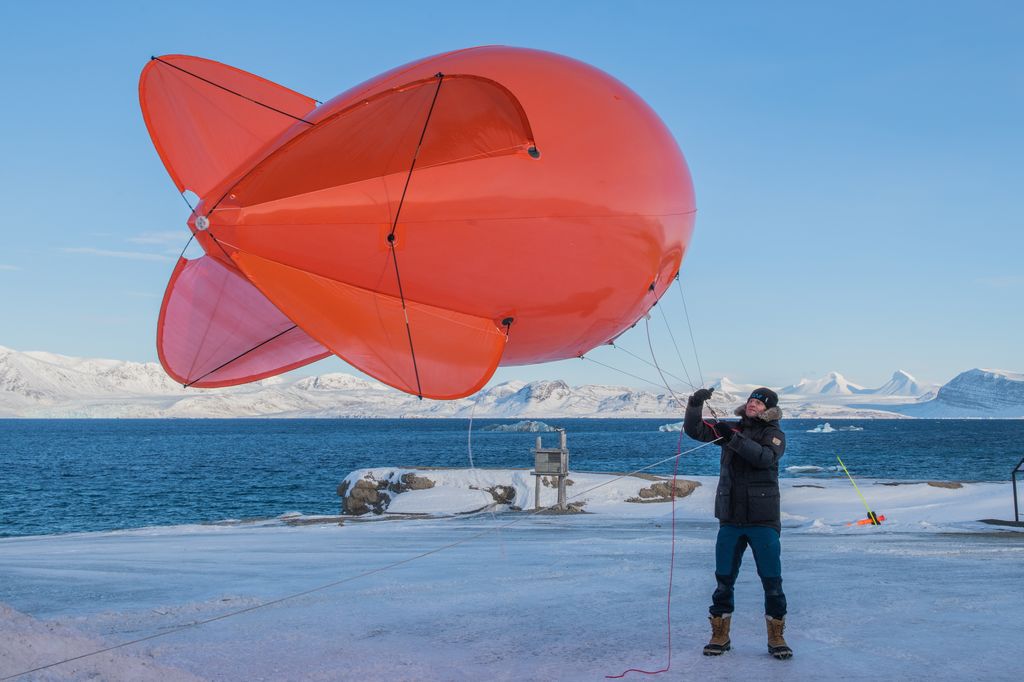
(Source: Esther Horvath, Alfred-Wegener-Institute.)
Many of the experiments will be carried out on the ice, which can be dangerous. Bad weather, thin ice, and polar bears are just a few of the dangers.
During the winter months, the Polarstern will be in darkness 24 hours a day. The sun doesn’t rise during winter that far north because of the way the Earth tilts.
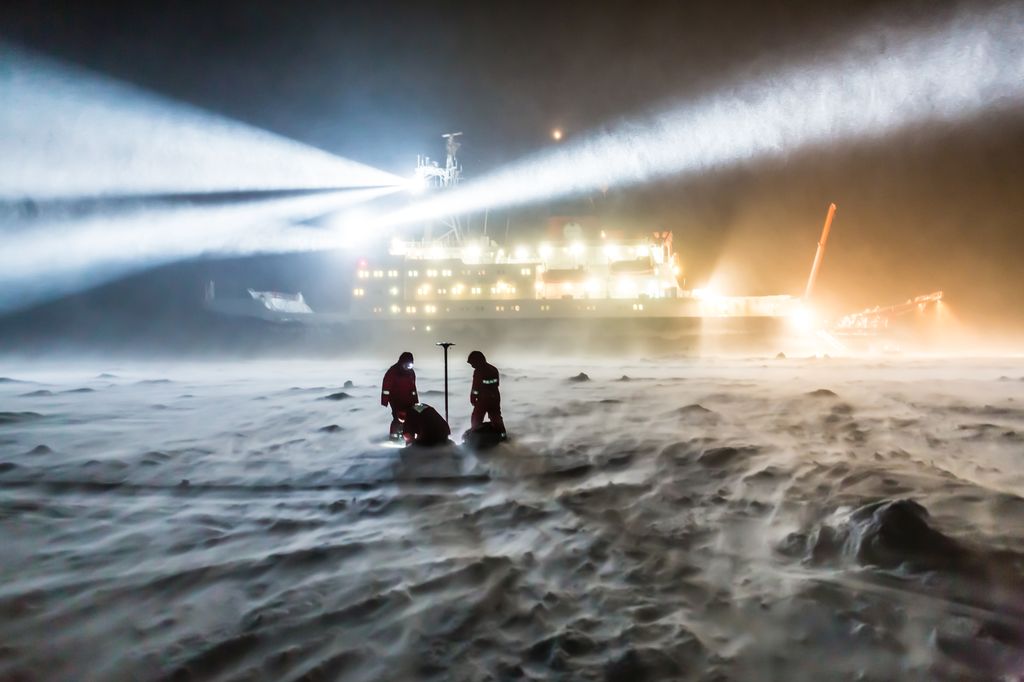
(Source: Stefan Hendricks, Alfred-Wegener-Institute.)
The people on the trip will miss their families and friends, and they’ll spend many cold nights listening to the sound of the ice grinding against the sides of the ship. They believe the science is worth it.
* MOSAiC stands for “Multidisciplinary Drifting Observatory for the Study of Arctic Climate”.
You can follow the progress of the Polarstern on this website.
😕
This map has not been loaded because of your cookie choices. To view the content, you can accept 'Non-necessary' cookies.
